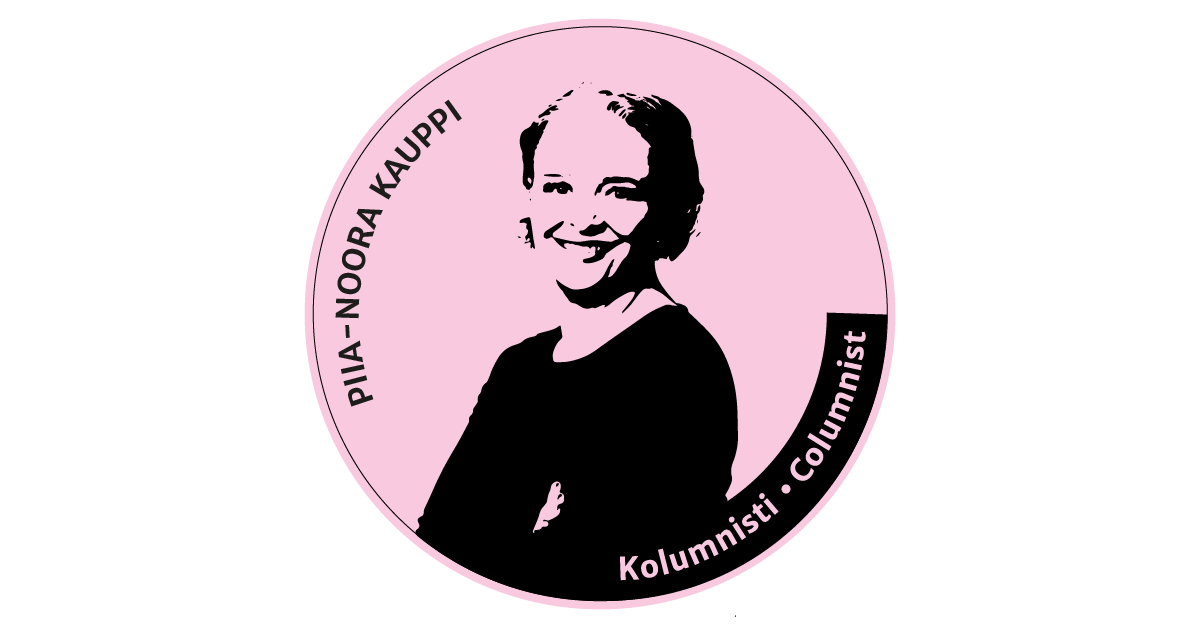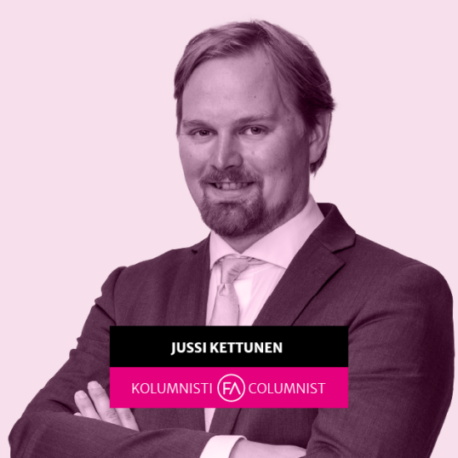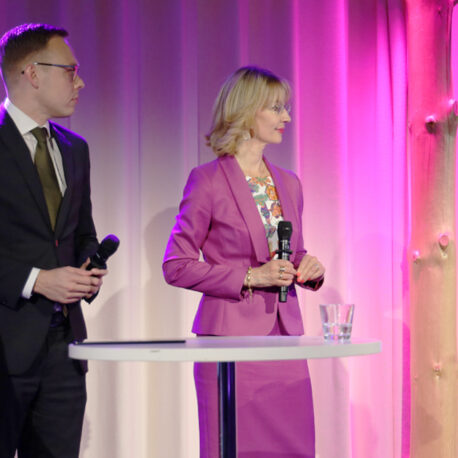
First came the pandemic and the need to quickly pour massive amounts of public funds into keeping the wheels of the economy turning. Then broke out the cruel war so close to us. Russia’s attack on Ukraine pushed COVID temporarily into the background, but the virus did not go anywhere. It continues to play havoc with the global economy, for example through the new lockdown measures China introduced in the spring.
Russia’s invasion of Ukraine significantly worsened the global economic outlook. As a result of Russia’s aggression, the EU and the United States have imposed severe economic sanctions on Russian banks, companies and individuals and restricted technology exports to Russia.
The National Central Bank of Russia’s international reserves and assets have been frozen, and efforts have been made to cut Russia off from the international payments system SWIFT. The war is also severely constricting Finland’s exports of goods and services to Russia. Companies operating in Russia have largely run down their Russian operations and are pulling out of the Russian market.
The outlook of the Finnish economy has taken a turn for the worse. The war has impacted the Finnish economy more than the pandemic. Immediately after Russia attacked Ukraine, the stock markets plummeted throughout Europe, but particularly so in Finland, with investors selling off relatively more investments in the Helsinki Stock Exchange than elsewhere in the euro area.
Although Finland’s bilateral trade with Russia has declined over the years, our economic ties with Russia continue to play a greater role than they do in other euro area countries. The market price of oil and natural gas soared after Russia attacked Ukraine, and the rising consumer price inflation has robbed more leeway from economic decision-makers.
======
Although Russia’s attack on Ukraine
pushed COVID temporarily into the background,
the pandemic did not go anywhere.
======
The price of energy, raw materials and food has rocketed, causing strong upward pressures on both producer and consumer prices globally. According to the latest forecasts, world economy growth is projected to slow sharply while inflation is expected to continue to rise rapidly.
Central banks are about to raise their key interest rates. The timeline of the interest hikes in the euro area will depend on how great the central banks consider the risk of recession to be. With recession fears growing in the global market, stagflation risk is also on the lips of many economists. What we do know for certain is that if interest rates go up, household purchasing power will go down. But we are also facing the eleventh hour to make the green transition to a carbon-neutral economy. Decision-makers are certainly not short of challenges, and there is no delegating these matters.
Although the growth outlook is declining, we have no choice but to grow. Europe and Finland are sorely in need of investments and new business ideas. We cannot force private operators to invest, but we can create an operating environment that enables and encourages investments. Decision-makers must aim to ensure that investors continue to invest in Finland and that Finland continues to be seen as a safe and attractive investment target. The Finnish society must encourage private ownership and risk-taking.
Finland must also be an attractive target for international capital. The global market’s reaction to taxation should not be underestimated. Predictable tax policy strengthens companies’ confidence to operate in Finland. We must therefore avoid erratic changes and stricter corporate and investment taxation.
The financial market also plays a key role as a source of growth and employment. Effective corporate financing is vital to economic recovery. Banks are able ‒ and also willing ‒ to finance all profitable and sensible investments that companies approach them with.
At the moment, however, the problem is that we have a shortage of good investments, with an emphasis on “good”. The new European banking regulation has considerably changed bank operations: the conditions for credit have grown stricter and there is increased focus on risk assessment and correct risk pricing.
Some companies and investment projects fail to secure funding. These companies are usually too risk-exposed for banks, but too small to seek funding from the capital market. It is difficult for banks to grant financing if the owners themselves are not prepared to take on additional risk. In many investments, owners either need to invest more themselves or expand ownership. Companies must improve their operations and seek to bolster their financial strength, which is no easy feat in this economic situation.
The Finnish financial sector wants to play a strong part in building Finnish welfare. Welfare is born out of new jobs, which are born out of new innovations. We should not just think up innovations, but instead realise them into investments.
For our economy to bounce back, all the pieces of the puzzle must fit. Investments are gained when the economic environment is favourable, taxation is predictable and moderate and the lending capacity of banks is not restricted by unnecessary and excessive regulation.
This column was originally published in Finnish in the Verkkouutiset blog.
Looking for more?
Other articles on the topic

Cash has a long history as a public monopoly – and it is not over yet

Increasing regulation must not restrict banks’ ability to finance the carbon neutral transition

National liability must come before liquidity assistance – Finance Finland’s summer party panel focused on the European deposit insurance scheme

Finnish banks’ and insurers’ performance and operating environment in 2023: Banks unshaken by international crises, insurers also enjoyed a good year
